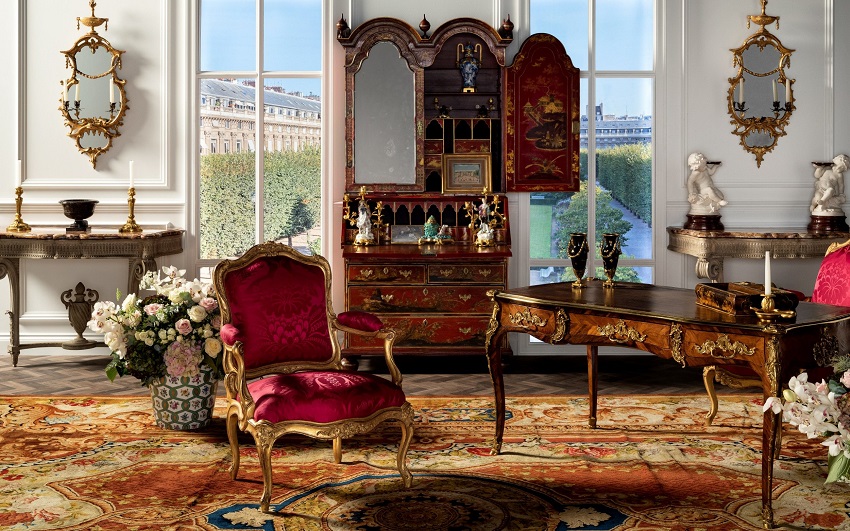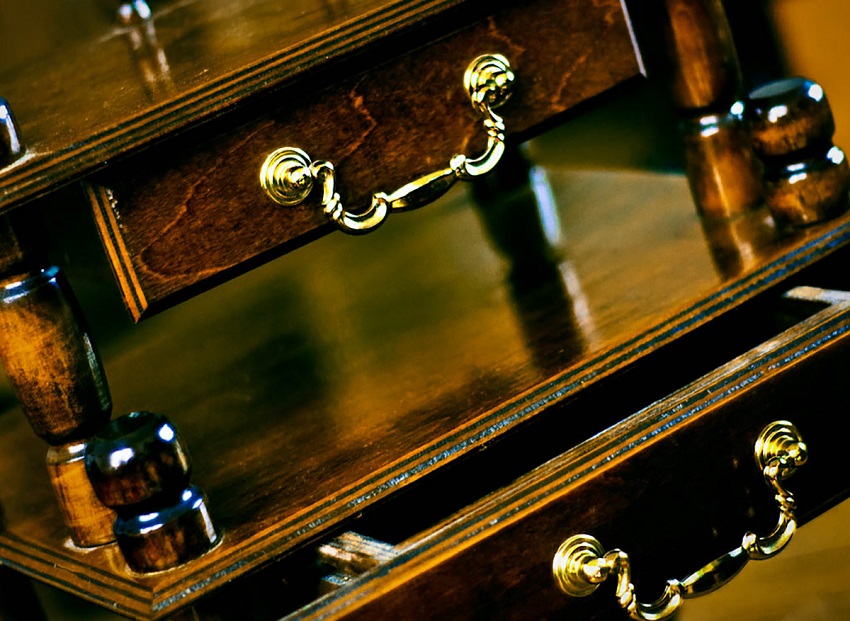
27 Jul Is Furniture Antique or Vintage?
When it comes to decorating our homes, one of the most delightful aspects is furnishing it with pieces that possess a rich history and unique charm. Furniture is not merely functional; it also serves as an expression of our personal taste and style. Two terms that are often used interchangeably, but carry distinct meanings, are “antique” and “vintage.” In this article, we will delve into the differences between antique and vintage furniture, exploring the allure of each and how they can add character and elegance to your living spaces. This article is provided by hellobmw.com
What Makes Furniture Antique?
An Elegance from Bygone Eras
Antique furniture is characterized by its age and historical significance. Generally, furniture is considered antique if it is at least 100 years old. These pieces have stood the test of time, witnessing the trends and shifts in design aesthetics over the centuries. The allure of antique furniture lies in its craftsmanship, often showcasing intricate detailing and skilled artistry that is rarely found in contemporary pieces. Let’s discover the vintage furniture stores near me.
A Timeless Appeal
Antique furniture exudes a sense of timelessness, making it a captivating addition to any home. It brings with it a unique aura of sophistication, elevating the ambiance of the space it occupies. Owning an antique piece allows you to connect with the past and imagine the stories it could tell if it could speak.
Investment Value
Apart from their aesthetic value, antique furniture pieces can also serve as investments. As they age further, their rarity and historical significance increase, potentially enhancing their monetary worth. Many collectors and enthusiasts actively seek out valuable antique furniture to add to their collections, making it a niche market for those with an eye for investment opportunities.
The Charm of Vintage Furniture
Nostalgia and Sentimentality
Vintage furniture, on the other hand, refers to pieces that are not as old as antiques but still have significant age and character. While there is no strict time frame to define “vintage,” furniture from the 1920s to the 1980s is commonly considered as such. Vintage pieces evoke a sense of nostalgia, taking us back to the cherished memories of the past. They carry sentimental value and are often associated with specific periods or cultural movements.
Endless Variety and Eclectic Styles
One of the appeals of vintage furniture is the sheer diversity of styles it encompasses. From Art Deco to Mid-Century Modern, each era has its own distinct design language, allowing individuals to curate a space that reflects their personal taste. The uniqueness of vintage furniture lies in its ability to blend seamlessly with both traditional and contemporary interiors, adding a touch of eclectic charm to any room.
Sustainability and Eco-Friendly
With an increasing focus on sustainability and environmental consciousness, vintage furniture gains traction as an eco-friendly choice. By repurposing and upcycling old pieces, we reduce our impact on the environment and extend the lifespan of furniture that may otherwise be discarded. Choosing vintage furniture can be a conscious step towards a greener and more sustainable lifestyle.
How to Identify Antique and Vintage Furniture?
Distinctive Markings and Labels
To determine whether a piece of furniture is antique, look for distinct markings or labels that indicate its age, origin, and craftsmanship. These can often be found on the underside or back of the piece. Researching these markings can offer valuable insights into the furniture’s history.
Design Elements and Materials
Antique furniture is typically crafted with high-quality materials, showcasing exceptional workmanship. Traditional joinery techniques and hand-carved details are common features. On the other hand, vintage furniture may display more experimental designs and materials, as it reflects the evolving trends of its respective era.
Patina and Wear
Antique furniture often bears the marks of time in the form of a natural patina and gentle wear. These signs of aging add character and authenticity to the piece. Vintage furniture may also show signs of wear, but it is generally less pronounced than in antiques.
Incorporating Antique and Vintage Furniture in Your Home
Mixing Old with New
An exciting approach to interior design involves blending antique and vintage pieces with contemporary furniture. This creates a captivating juxtaposition of styles and eras, infusing your space with a unique personality. Remember to maintain balance and harmony to avoid overwhelming the space with too many diverse elements.
Focal Points and Statement Pieces
Choosing a standout antique or vintage piece as a focal point in a room can add a captivating allure. Whether it’s an intricately carved antique armchair or a retro-inspired vintage sofa, such statement pieces draw attention and become conversation starters.
Preservation and Care
Both antique and vintage furniture require proper preservation and care to maintain their allure. Avoid exposing them to direct sunlight or extreme temperatures, as these factors can deteriorate the wood or fabrics. Regular dusting and gentle cleaning can go a long way in preserving their beauty.
In conclusion, both antique and vintage furniture have their unique appeal and can elevate the aesthetics of any living space. Antique furniture offers a glimpse into history, while vintage furniture exudes nostalgia and eclectic charm. Whether you prefer the timeless elegance of antiques or the sentimental allure of vintage pieces, incorporating these elements into your home decor can create a captivating and personalized environment.
Remember, when searching for the perfect furniture to enhance your living spaces, consider exploring antique stores, vintage markets, and reputable online platforms. Embrace the stories and character that each piece brings, and let your furniture narrate the history of your home.



Sorry, the comment form is closed at this time.